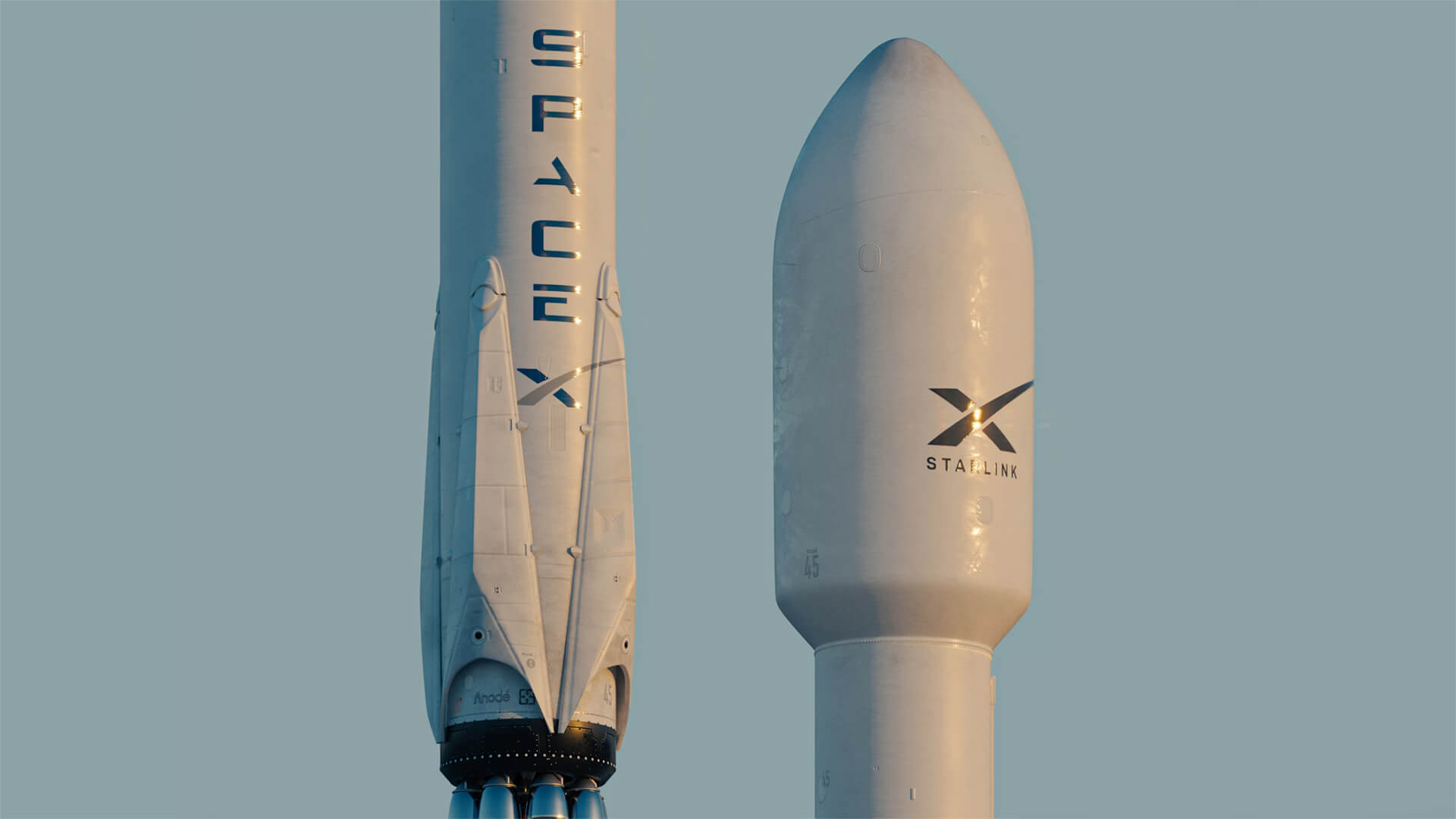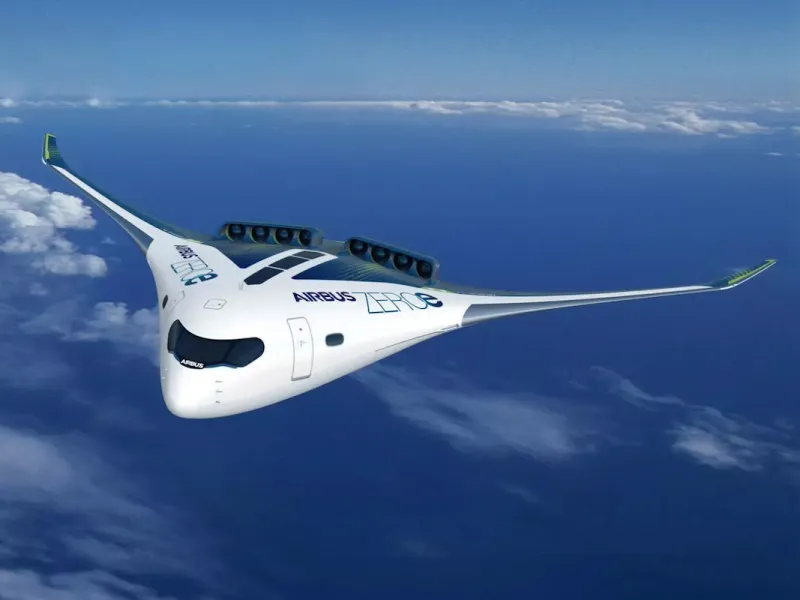NASA is testing a revolutionary propulsion technology that requires no fuel–only sunlight. The Advanced Composite Solar Sail System (ACS3) will demonstrate how spacecraft can navigate the solar system using the gentle push of photons, marking a new era in accessible, low-cost deep-space exploration.
What Is a Solar Sail?
Solar sails harness solar radiation pressure for propulsion, eliminating the need for conventional fuel. The ACS3 mission will deploy a reflective sail from a CubeSat in low Earth orbit and demonstrate orbit-raising and lowering maneuvers purely through sunlight pressure.
Mission Design & Launch Plan
ACS3 is a CubeSat mission launching aboard Rocket Lab’s Electron rocket, tasked with deploying 23-foot booms that unfurl into a ~30-foot (9m) square sail. The sail must be deployed in a high-enough orbit, twice the ISS altitude, let sunlight pressure can overcome atmospheric drag.
After deployment, the spacecraft will perform a series of pointing maneuvers to demonstrate controlled solar sailing over several weeks.
Engineering Features & Technology
ACS3 technologies include deployable composite booms and ultra-lightweight materials–the foundation for sails that could propel missions beyond Earth orbit.
The composite booms are carefully engineered to unfold reliably and maintain structural stiffness while weighing minimal mass. This low-mass architecture is essential for photonic propulsion to be effective.
Why It Matters
- Fuel-free propulsion: Solar sailing reduces mission costs and enables longer-duration missions without refueling. It’s ideal for deep-space missions or small satellites where mass constraints are critical.
- Scalable technology: Success with CubeSat-scale ACS3 could inform larger sails for interplanetary missions, solar weather satellites, or asteroid scouts.
- Opening new mission types: Solar sails enable hovering, station-keeping, or new orbit insertion strategies–all with no fuel.
Challenges & Future Applications
Deploying large sails from a compact SubeSat is mechanically complex and failure-prone. Engineers must validate the reliability, structural integrity, and accuracy of sail positioning for the boom.
Future applications include solar-weather early warning satellites, reusable hovering communication platforms, or missions to near-Earth asteroids using only sunlight propulsion.
The ACS3 solar sail mission is a bold test of a new flight paradigm–one powered by sunlight, not propellant. If successful, it could transform how we access deep space, reduce mission costs, and broaden the horizon for small satellite exploration. Ready to sail toward to stars–literally.



